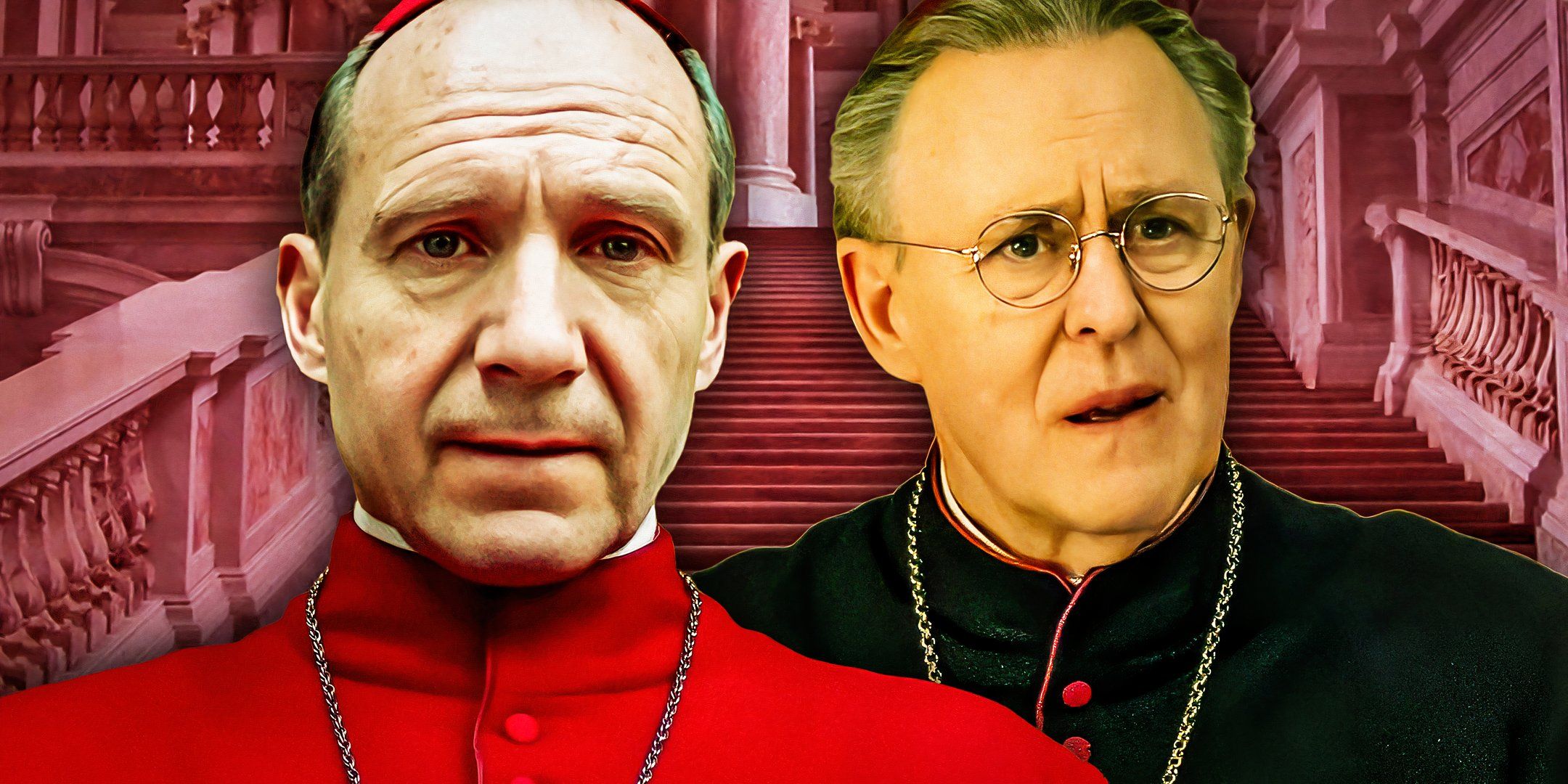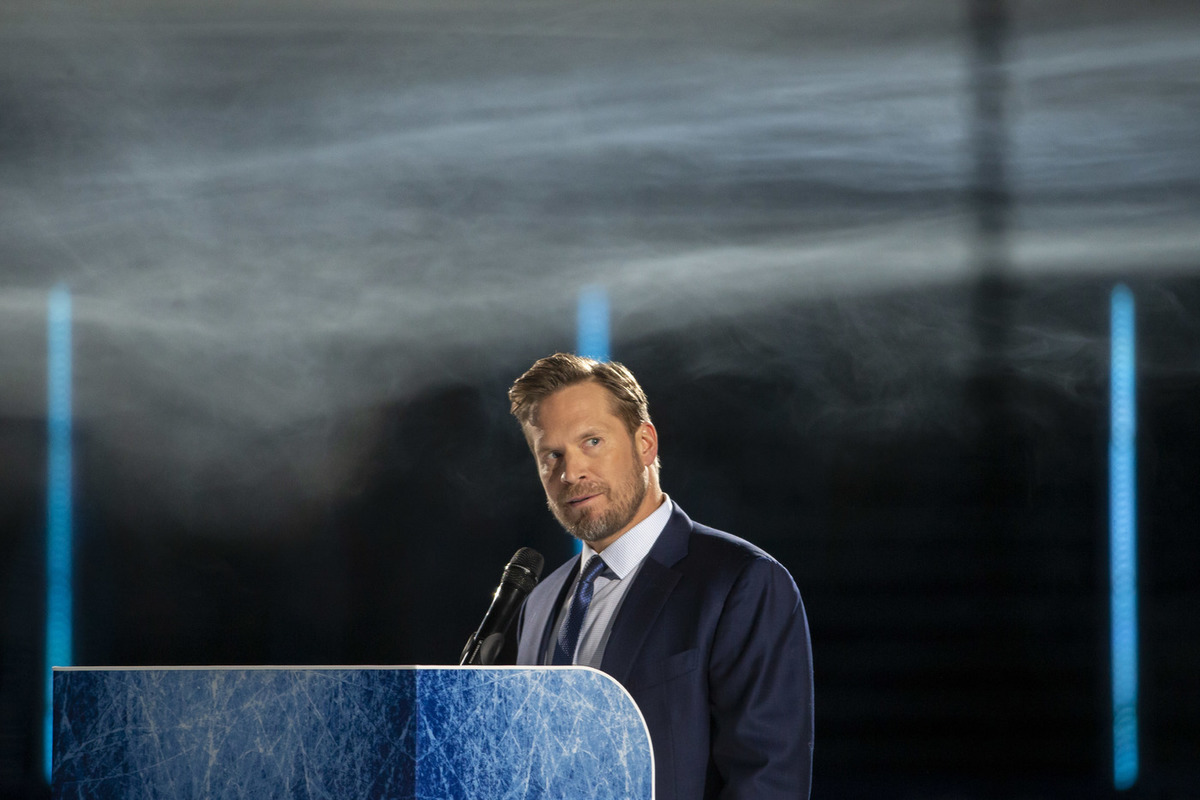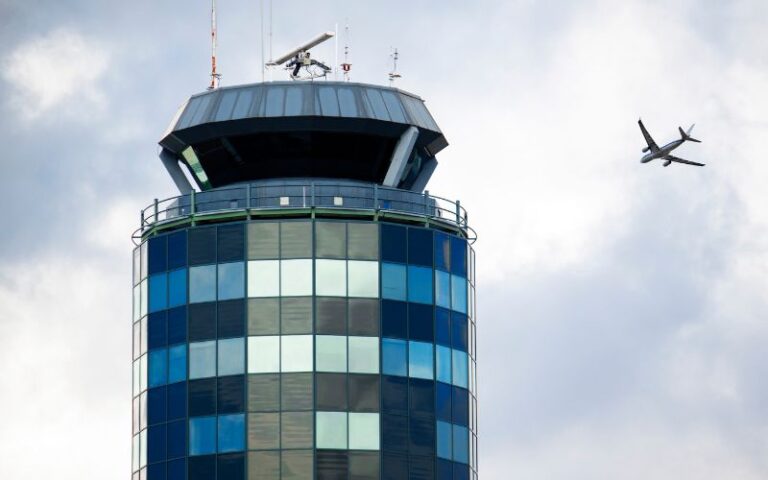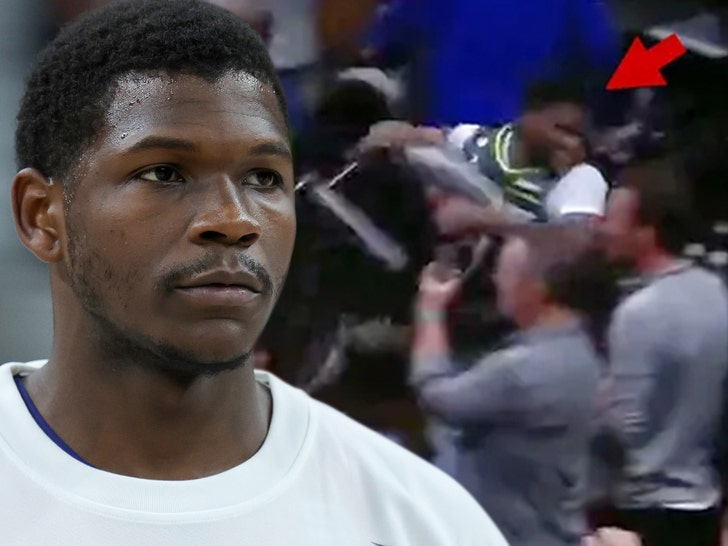How The Pope Is Elected: A Guide To The Conclave Process

Table of Contents
The Beginning: Death or Resignation of the Pope
The process begins with the death or resignation of the reigning Pope, creating a sede vacante—a vacancy in the Papacy. This period is marked by a specific set of procedures and responsibilities, overseen by the Cardinal Camerlengo.
-
Formal Announcement of the Vacancy: The death or resignation is formally announced, officially commencing the sede vacante period. This announcement is a solemn occasion, signifying the beginning of the election process.
-
The Role of the Cardinal Camerlengo: The Cardinal Camerlengo, a high-ranking Cardinal, assumes administrative responsibility during the sede vacante. Their duties include overseeing the Vatican's affairs until a new Pope is elected. This includes managing the Vatican City State and ensuring the smooth functioning of the Church's administrative bodies.
-
Key Events During Sede Vacante:
- Confirmation of the Pope's death or resignation.
- Official announcement of the vacancy to the College of Cardinals.
- Gathering of Cardinals in Rome.
- Preparation of the Sistine Chapel for the Conclave.
- Initial ceremonies and prayers.
The Conclave: Gathering the Cardinals
The Conclave itself is a crucial stage in the Pope election. It's a highly secretive gathering of Cardinals eligible to participate in the election of the new Supreme Pontiff.
-
Eligibility Criteria: Only Cardinals under the age of 80 are eligible to participate in the Conclave. This ensures a balance between experience and a forward-looking perspective.
-
Location of the Conclave: Traditionally held in the Sistine Chapel within the Vatican Palace, the Conclave provides a secluded environment for the Cardinals to deliberate and vote. This seclusion ensures confidentiality and allows for focused decision-making.
-
The Seclusion and Oath of Secrecy: The Cardinals live and work within the confines of the Conclave, isolated from external influences. They take a solemn oath of secrecy, pledging confidentiality regarding the deliberations and voting process. This secrecy is crucial for maintaining the integrity of the election.
-
Daily Life within the Conclave: During the Conclave, the Cardinals' daily routine involves prayer, reflection, and voting sessions. Their living conditions are simple and austere, fostering a spirit of humility and devotion.
The Election Process: Scrutiny and Voting
The core of the Pope election lies in the voting process within the Conclave. This process is designed to ensure a fair and impartial selection of the next Pope.
-
The Voting Process: Cardinals write their chosen candidate's name on a ballot. These ballots are then collected and counted. The process is repeated until a two-thirds majority is achieved.
-
The Significance of the Two-Thirds Majority: This requirement ensures a broad consensus among the Cardinals, promoting unity within the Church. It prevents the election of a Pope who might represent a narrow viewpoint.
-
The "Fumata": Black and White Smoke: The iconic smoke signals from the Sistine Chapel chimney convey the result of each round of voting: black smoke indicates no election, while white smoke signals the selection of a new Pope.
-
Handling Invalid Ballots: Procedures are in place to handle ballots that are deemed invalid, for example, if they contain multiple names or are otherwise unclear. This ensures the accuracy and integrity of the voting process.
Announcing the New Pope: "Habemus Papam!"
The electrifying moment arrives when a new Pope is chosen. The announcement is a global event, marking a pivotal moment for the Catholic Church.
-
"Habemus Papam!": The announcement, "Habemus Papam!" ("We have a Pope!") is proclaimed from the balcony of St. Peter's Basilica, signaling the successful conclusion of the Conclave.
-
Choosing a Papal Name: The newly elected Pope then chooses a Papal name, a tradition that allows the Pope to symbolically break from their previous identity and assume their new role.
-
The First Public Appearance: The newly elected Pope makes their first public appearance, delivering the "Urbi et Orbi" blessing to the city of Rome and the world, marking the commencement of their Papacy.
-
Key Events Post-Election:
- The formal introduction of the new Pope to the world.
- The celebration of a special Mass.
- The commencement of the new Pope's ministry.
Understanding Papal Authority and Responsibilities
The Pope holds immense authority and responsibility within the Catholic Church. Their role extends far beyond spiritual leadership.
-
Spiritual Leadership: The Pope serves as the supreme spiritual leader of the Catholic Church, guiding millions of followers around the world.
-
Governing the Vatican City State: The Pope also serves as the head of state for Vatican City, a sovereign entity with its own governance and diplomatic relations.
-
Global Influence: The Pope's influence extends far beyond the Catholic Church, often engaging in international diplomacy and addressing global issues.
Conclusion
Understanding the process of electing a new Pope—the Pope Election—is essential for comprehending the inner workings of the Catholic Church. From the sede vacante to the thrilling "Habemus Papam!" moment, this guide has explored the Conclave's traditions and procedures. We've examined the significance of each stage, the meticulous voting process, and the selection of a new spiritual leader for over a billion Catholics. To delve deeper into the history and traditions surrounding Papal elections, explore the Vatican's official website and other reliable sources. Stay informed about the next Pope election and deepen your understanding of this fascinating process!

Featured Posts
-
 Anthony Edwards Conversation With Barack Obama A Discussion Of Presidential Greatness
May 07, 2025
Anthony Edwards Conversation With Barack Obama A Discussion Of Presidential Greatness
May 07, 2025 -
 Krikunov Podtverdil Ovechkin V Zale Slavy Iihf
May 07, 2025
Krikunov Podtverdil Ovechkin V Zale Slavy Iihf
May 07, 2025 -
 From Critic To Crypto King Examining Trumps Reported Crypto Wealth
May 07, 2025
From Critic To Crypto King Examining Trumps Reported Crypto Wealth
May 07, 2025 -
 Addressing The I Dont Know Where You Are Crisis In Air Traffic Control
May 07, 2025
Addressing The I Dont Know Where You Are Crisis In Air Traffic Control
May 07, 2025 -
 50 000 Nba Fine For Anthony Edwards Following Fan Interaction
May 07, 2025
50 000 Nba Fine For Anthony Edwards Following Fan Interaction
May 07, 2025
